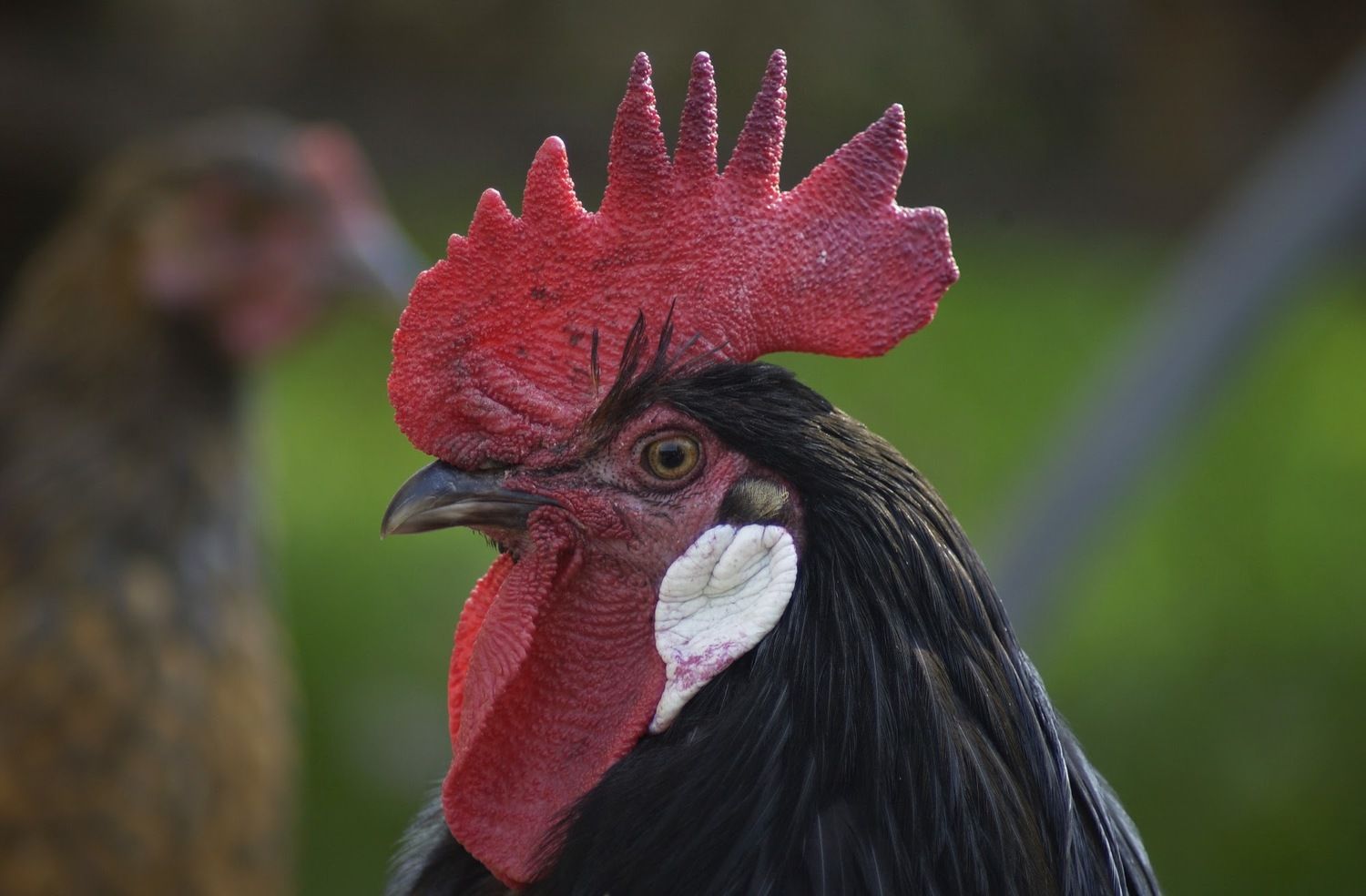I am sure you are a good modeller. Clients are happy, you make great insights. All good. But how do you make sure the next generation of modellers does the same? How can you pass on modelling experience to your peers, actually? Turns out, chicken can be very helpful…
Empty space, drag to resize
There is only one conference in the world where every person you talk to takes you into a new universe: the Student Conference on Complex Systems (SCCS2015). I was invited to a panel last week and dived into cheating bumble-bees, guppy fish sex, electric wire sensors, roots of human evolution, financial market stability and drone swarms. And that was only one afternoon! The one theme uniting about 100 young academics was: building simulation models. More specifically, modelling our complex world to make better sense of it.
I found most of the students are in a similar situation that I was in a few years ago: I knew a fair bit about my research topic but not an awful lot about good modelling. How do I create a “good” model? How do I know it is neither too big nor too small? How can I make it both elegant and functional? The answer is both simple and challenging. Like with the chicken…

There is an expert job waiting for you in Japan that is crucial for growing chicken. The task is simple, the job is not: you find out if a new-born chicken is male or female a day after its birth. That is all. When they needed a new generation of experts for this task a few years ago, the existing experts tried to teach their art to new recruits. But they didn’t know what to tell them. So they handed them a chicken: “Male or female?” they asked. The recruits either had it right or wrong and the experts told them straight away. This went on for their entire first day. Then the second and third. They spend a few weeks doing nothing else. In the end, they were nearly as good as the old crew. Not a single lesson was taught, no “10 easy steps to become a chicken sex expert” report was available.

You need to find out well before this age if it was a male or female!
Now I would argue that a
similar mechanism plays out with modelling: beside a few number of key principles, I couldn’t tell a new modeller what makes a good model. Instead, it might be best to get them to build models and provide immediate feedback: “ this is a good model, this is not…”. Only with time will they get a feeling for good modelling practice beyond the basics.
Granted, with modelling there are some key lessons to be passed on: keep it simple, structure elements similar to real world entities, separate building and testing, etc.
However, after passing these lessons on, a new modeller will *not* build good models right away. He needs practice and feedback.
So remember next time you assess a co-worker’s model: providing immediate critical feedback is a gift you make. Tell them what parts of their model are good, and which are not. If you can specify why, even better. But even if it’s just a “feeling”, this is useful.



